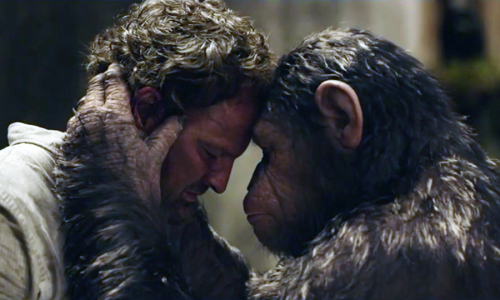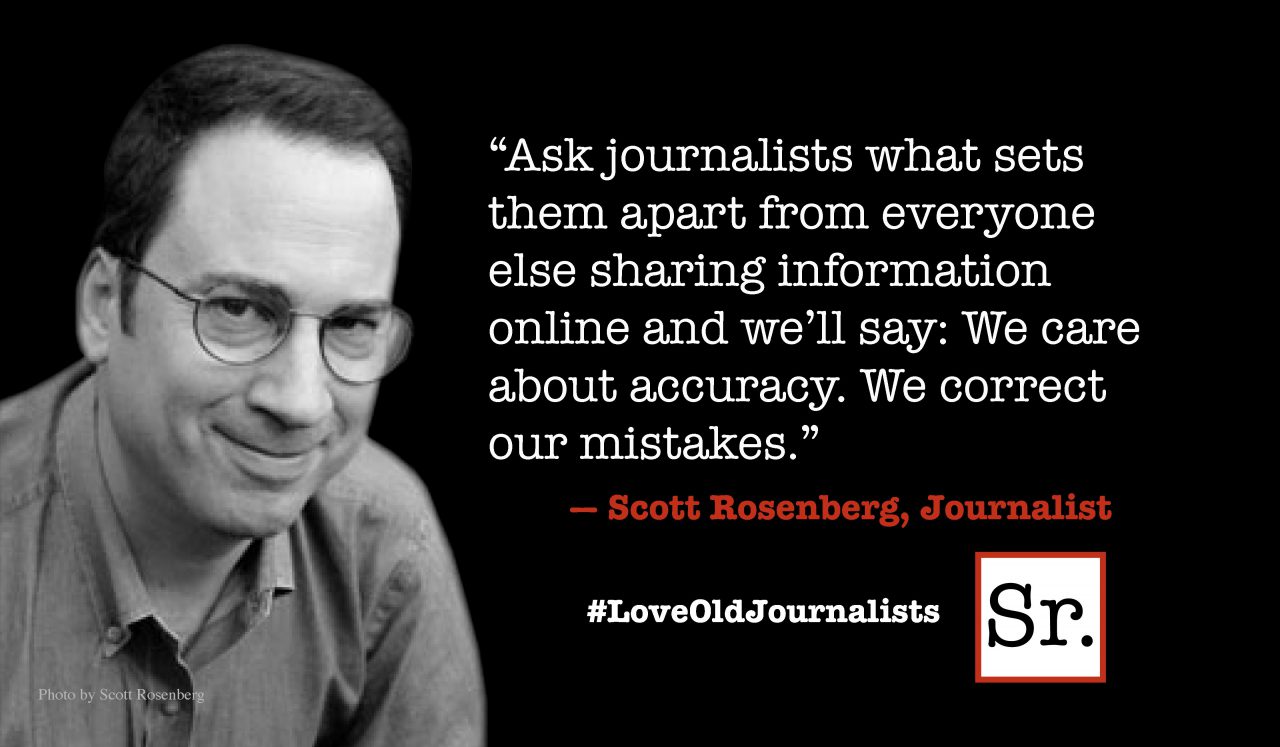Despite the overwhelming evidence, there is no rule that big summer blockbuster films have to be insufferably dumb.
“Dawn of the Planet of the Apes” is actually pretty smart.
Oh, not in its plotting, which is all too familiar. Or in the acting from the “human” cast, which is perfunctory.
But in creating a world 10 years after the great ape revolution depicted in “Rise of the Planet of the Apes,” director Matt Reeves (“Let Me In,” “Cloverfield”) and his huge team (the closing credits feel as long as the rest of the movie) have given us a vision that is part Eden, part sci-fi dystopia and populated with monkeys who at their best generate real emotions.
The film begins with a thrilling deer hunt by ape leader Caesar (Andy Serkis) and his followers through the primordial greenery of Muir Woods. Screenwriters Rick Jaffa, Amanda Silver, and Mark Bomback envision the apes as a sort of undiscovered South American tribe living in a sprawling Ewok-ish town of massive “nests.”
These apes eschew the technology of the humans who once persecuted them, but they do make their own weapons of wood and stone. Most communicate through sign language (we get subtitles), though Caesar and a few other chimps have learned to speak. They create their own versions of totem poles (assemblages of sticks and animal bones) and some of the females even wear rudimentary jewelry.
Most striking of all, the apes have a school, taught by an orangutan who understands human writing. (In the previous film we learned how the simians gained human-like intelligence as subjects in a military experiment.)
And where is humanity during all this? Well, fully 99 percent of mankind has been wiped out by the “simian flu.” Several hundred survivors, apparently genetically immune to the plague, have created a city in the ivy-covered ruins of San Francisco, where they are led by Dreyfus (Gary Oldman), who has plans to rev up an old hydroelectric dam in the nearby mountains to generate the power his people need to survive.
He sends out a team leader, Malcolm (Jason Clarke), to scout the territory. Malcolm and his crew — including his “wife” (Keri Russell) and his teenage son (Kodi Smit-McPhee) — soon make contact with the apes and, little by little, begin to earn the trust of Caesar.
Basically what we’ve got here is a fanciful spin on the 1950 Western “Broken Arrow,” in which James Stewart played a white man who befriends the Apache warrior Cochise and works to prevent violence between the two cultures.
In their quest for peaceful coexistence, both Malcolm and Caesar run afoul of the prejudices of their people. Caesar is opposed by Koba (Toby Kebbell), an ape Iago who pretends to be a loyal follower while plotting rebellion.
The film is terrific looking (the 3-D is unobtrusive — though not essential) and director Reeves stages several big set pieces, especially the ape army’s siege of San Francisco, that are models of action filmmaking.
Particularly marvelous is the motion-capture technology that transforms the performances of human actors into believable apes displaying a full range of nuanced emotions. This is popcorn movie magic of a rarified order.









